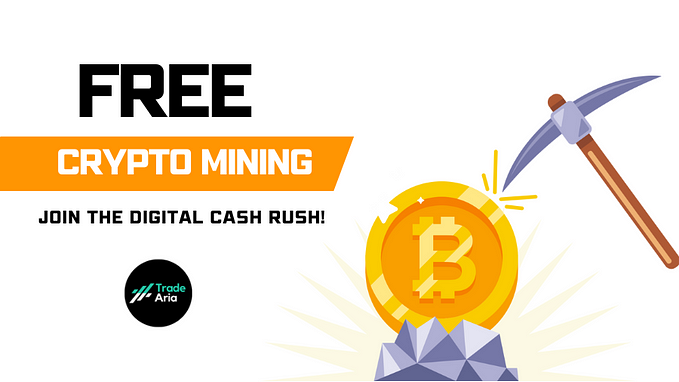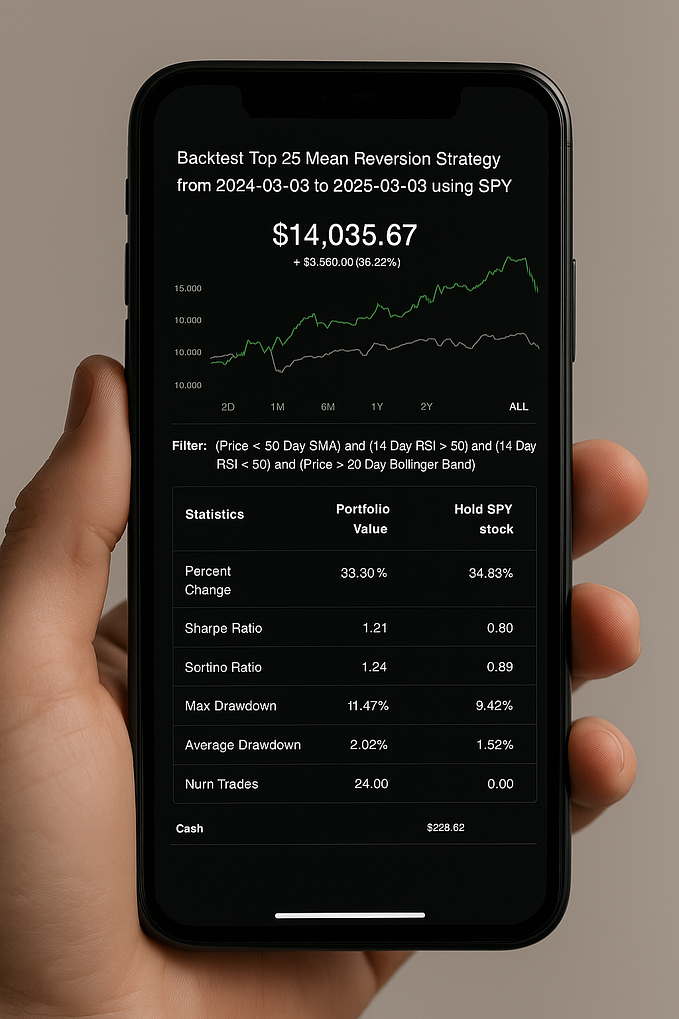Kid Rug Pull: Understanding the Rise of Crypto Scams Targeting Young Investors

In the wild world of cryptocurrency, a surprising new story has emerged — a 13-year-old conducted a crypto “rug pull,” walking away with approximately $30,000. The young creator launched a memecoin, promoted it to investors, and then suddenly sold off his holdings, causing the coin’s value to crash. A rug pull occurs when crypto developers abandon a project and run off with investors’ funds, leaving buyers with worthless tokens.
This incident has sparked discussions across the crypto community. Some view it as a cautionary tale about the risks of meme coin trading, while others see it as evidence of how vulnerable cryptocurrency markets can be to manipulation. The teenager reportedly didn’t just pull off one rug pull but created multiple meme coins that suffered similar fates.
While shocking to many, this case highlights the lack of regulation in cryptocurrency markets. New investors often jump into trendy meme coins without doing proper research, making them easy targets for scams. The incident serves as a reminder that in the crypto world, due diligence is essential before putting money into any token, regardless of who created it.
Understanding Rug Pulls
Rug pulls represent one of the most notorious scam tactics in cryptocurrency markets. They involve developers abandoning projects after attracting significant investment, leaving investors with worthless tokens and lost funds.
🚀 Roadmap to Memecoin Success: Trading, Signals & Launching on Solana
Are you ready to explore memecoins, crypto trading, and token launches? This guide covers tools, signals, and strategies — whether you’re trading or launching your own project.
🔍 Step 1: Learn & Analyze with Crypto Signals
Before trading, get insights from experts:
✅ Follow Telegram: @altsignals101 for crypto signals & market trends (not financial advice)
✅ Research before investing — memecoins are highly volatile
✅ Solana Sniper Bot complete free access.
🛠️ Step 2: Essential Memecoin Tools
If you’re creating a token, use trusted platforms:
🌟 Memerugs.com — A marketplace for launching meme coins on Solana & Ethereum (affiliate link)
✨ MemeTools Bundler — Development toolkit for creators
🔒 Security audits — Protect your project from exploits
👉 Explore tools here: Memerugs Marketplace (affiliate link)
🚀 Step 3: Launching a Memecoin Responsibly
If you choose to deploy a token:
1️⃣ Use Memerugs.com (affiliate) for smart contract deployment
2️⃣ Market transparently — avoid misleading claims
3️⃣ Monitor liquidity & trades carefully
⚠️ Disclaimer
- This is not financial advice. Cryptocurrencies are high-risk.
- Memerugs.com & @altsignals101 are third-party services. Use at your own risk.
- Medium does not endorse affiliate links. We may earn a commission if you use them.
- Never invest more than you can afford to lose.
Rug pulls & scams are illegal. This guide is for educational purposes only.
Defining Rug Pulls in Cryptocurrency
A rug pull occurs when cryptocurrency project creators suddenly abandon their project and run away with investor funds. The term “rug pulled” comes from the phrase “pulling the rug out from under someone,” leaving them suddenly vulnerable. In crypto markets, this happens when developers create tokens, build hype, attract investments, and then abruptly sell all their holdings and disappear.
This scam typically unfolds in three phases: creation of a seemingly legitimate project, aggressive marketing to attract investors, and finally the exit where creators liquidate their positions. The tokens left behind become effectively worthless.
Rug pulls primarily target newer investors who may not recognize warning signs of fraudulent projects. They exploit the decentralized, often unregulated nature of cryptocurrency markets.
Common Techniques and Examples
Scammers use several techniques to execute rug pulls. Liquidity stealing involves removing all funds from the liquidity pool, making it impossible for investors to sell tokens. Limiting sells happens when developers code tokens to prevent investors from selling while allowing themselves to cash out.
Pump-and-dump schemes are another common approach, where creators artificially inflate token prices through misleading information before selling their holdings.
A recent high-profile case involved a 13-year-old creator who launched a memecoin called QUANT on the Solana blockchain. The young developer executed a $30,000 rug pull, shocking the crypto community. This “kid rug pull” highlighted how even middle-schoolers can exploit the system.
Other examples include abandoned meme coins, fake celebrity-endorsed tokens, and non-existent development projects.
Impact on Investors and the Market
Rug pulls cause direct financial damage to investors, often resulting in complete loss of invested funds. They disproportionately harm retail investors who may invest significant portions of their savings.
The market effects extend beyond individual losses. These scams:
- Damage trust in legitimate cryptocurrency projects
- Increase calls for regulation from authorities
- Create market volatility as large sell-offs occur
- Reinforce negative perceptions of cryptocurrency among the public
For new investors, rug pulls can be particularly devastating. Many victims report feelings of embarrassment alongside financial loss, making them reluctant to report incidents.
The prevalence of rug pulls like the teen’s $30K scheme highlights the need for investor education and due diligence before investing in new tokens. Investors should research development teams, check code audits, and be wary of projects with anonymous creators.
Prevention and Mitigation Strategies
Investors can protect themselves from crypto rug pulls by learning to spot warning signs and taking preventive measures. The following strategies can help traders stay safe in the volatile cryptocurrency market.
Identifying Potential Rug Pulls
Look for projects with anonymous team members or limited information about developers. This is often a red flag. Legitimate projects typically have transparent teams with verifiable backgrounds.
Check if the token’s liquidity is locked. Unlocked liquidity pools allow developers to withdraw funds suddenly. Tools like RugCheck can help verify this important security feature.
Examine the token distribution carefully. If a small number of wallets hold most tokens, it increases rug pull risk. A healthy project shows more balanced distribution.
Be wary of excessive hype and unrealistic promises. Solana meme coins and other tokens that promise extraordinary returns with little substance behind them deserve extra scrutiny.
Research social media activity for the project. Fake followers, limited engagement despite high follower counts, or sudden promotional pushes are suspicious signals.
Protective Measures for Traders
Use crypto trading bots with caution. While they can help with efficient trading, configure them to limit exposure to any single token, especially new meme coins.
Implement strict investment limits for unproven tokens. Never invest more than you can afford to lose in high-risk cryptocurrencies.
Verify contract code has been audited by reputable security firms. This reduces (but doesn’t eliminate) the risk of malicious code designed for rug pulls.
Diversify your crypto portfolio. Spreading investments across established and newer projects limits your exposure to potential scams.
Join knowledgeable communities that share information about suspicious projects. Many rug pulls get identified by alert community members before they happen.
Role of Regulation and Oversight
Regulatory frameworks are evolving to address cryptocurrency scams. Stay informed about new protective measures in your jurisdiction.
Decentralized exchanges are developing better security features. Some platforms now implement automated rug pull detection to flag suspicious token activities.
Report suspected scams to relevant authorities. This helps build a database of known scammers and might prevent future victims.
Community-driven oversight tools like rug pull bots scan for suspicious contracts and alert potential investors. These tools analyze code patterns common in previous scams.
Support industry efforts for self-regulation. Many legitimate crypto projects are working together to establish standards that make rug pulls harder to execute.
Frequently Asked Questions
Cryptocurrency rug pulls involve creators abandoning projects after taking investor funds. These scams raise important questions about prevention, warning signs, and potential recourse for victims.
How can investors identify a potential rug pull in the cryptocurrency market?
Investors should verify the team’s identities and research their backgrounds thoroughly. Anonymous team members can be a red flag.
Check if the project’s code has been audited by reputable security firms. Unaudited smart contracts may contain hidden functions that allow creators to drain funds.
Examine token distribution carefully. Projects where developers hold large percentages of tokens present higher risks of price manipulation.
Review the project’s roadmap and whitepaper for realistic goals and clear technical details. Vague plans or excessive promises often indicate fraudulent intentions.
What steps should be taken after experiencing a rug pull to minimize losses?
Document everything immediately, including transactions, communications, and promotional materials from the project team. This evidence may be crucial for any legal action.
Report the incident to relevant authorities including the FBI’s Internet Crime Complaint Center, the SEC, and local law enforcement agencies.
Connect with other victims through social media or forums to share information and potentially coordinate a collective response.
Consider consulting with a lawyer experienced in cryptocurrency fraud to explore legal options for recovering funds.
Are there any warning signs that a cryptocurrency project may be a pump and dump scheme?
Excessive hype and aggressive marketing campaigns promising unrealistic returns are major warning signs. Legitimate projects focus on technology and utility rather than price speculation.
Unusual token economics such as extremely high total supply or odd transaction taxes that benefit developers deserve scrutiny.
Limited or locked liquidity pools can prevent investors from selling tokens. Check how long liquidity is locked and who controls these funds.
Projects with copied code that make minimal changes to existing protocols may be hastily created scams rather than innovative solutions.
What measures can parents take to ensure children’s play rugs are durable and safe?
Choose rugs with non-slip backing to prevent accidents on smooth floors. This feature is especially important in high-activity play areas.
Select materials that are non-toxic and hypoallergenic, particularly for households with young children who may spend time lying or playing directly on the rug.
Look for machine-washable options that can be easily cleaned after spills or accidents. Stain-resistant treatments provide additional protection.
Check for certifications like OEKO-TEX that indicate the product has been tested for harmful substances and meets safety standards.
How can a community respond if a cryptocurrency token founder performs a rug pull?
Communities should coordinate information gathering and documentation of all project activities. Detailed records strengthen potential legal cases.
Creating public awareness through social media and crypto forums helps warn others and may pressure exchanges to delist fraudulent tokens.
Organizing affected investors can increase leverage when dealing with exchanges, law enforcement, or legal representation.
Technical experts within the community can analyze blockchain transactions to track stolen funds, potentially aiding in recovery efforts.
What legal actions can be taken against the individuals behind a rug pull scam?
Filing complaints with securities regulators is essential as many cryptocurrency offerings qualify as unregistered securities. The SEC has increasingly pursued such cases.
Civil lawsuits for fraud, misrepresentation, or breach of contract may be viable depending on jurisdiction and the specific circumstances of the case.
Reporting to law enforcement may lead to criminal charges including wire fraud, which carries significant penalties in many countries.
Seeking asset freezes through court orders can prevent scammers from moving or spending stolen funds while legal proceedings are underway.








